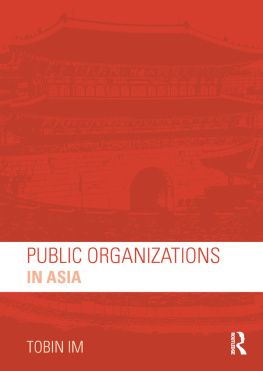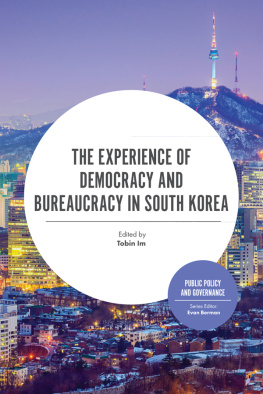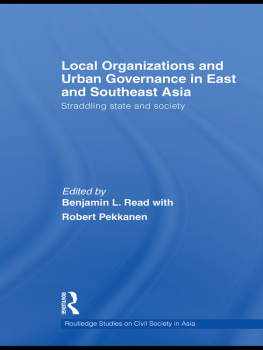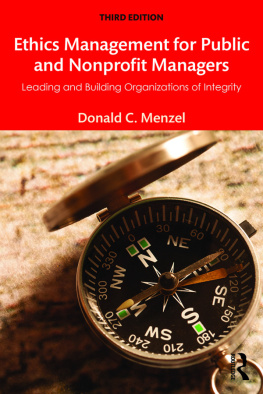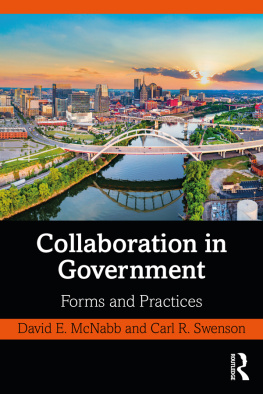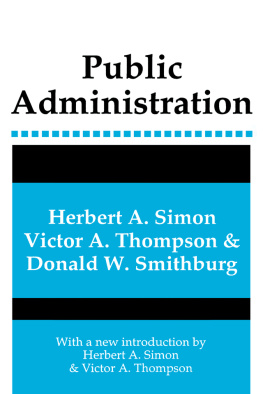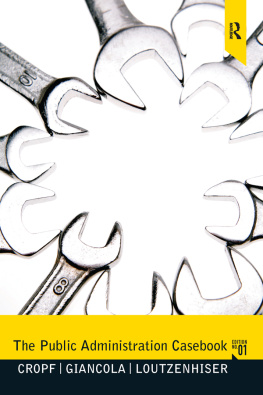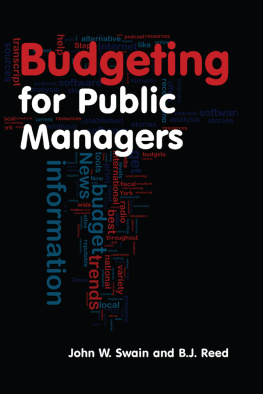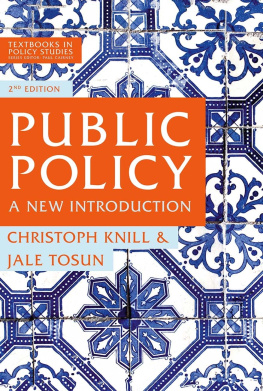Public Organizations in Asia
Public Organizations in Asia introduces students to the fundamental theories of organizations and teaches them how to analyze different types of public organizations in East and Southeast Asia. Moving away from traditional Western theory and examples, this textbook provides numerous case studies of Asian organizations where different ideologies, administrative tradition and social circumstances prevail.
Key pedagogical features of Public Organizations in Asia include:
Learning objectives for each chapter
End of chapter discussion questions
Short student exercises
Concise case studies throughout the chapters
Training students to be future leaders of Asian public organizations, this book is an essential text for undergraduate and graduate courses on public administration in Asia. It will also be a useful supplementary text for courses on comparative public administration.
Tobin Im is a Professor at the Graduate School of Public Administration at Seoul National University, South Korea.
Public Organizations in Asia
Tobin Im
First published 2017
by Routledge
2 Park Square, Milton Park, Abingdon, Oxon OX14 4RN
and by Routledge
711 Third Avenue, New York, NY 10017
Routledge is an imprint of the Taylor & Francis Group, an informa business
2017 Tobin Im
The right of Tobin Im to be identified as author of this work has been asserted in accordance with sections 77 and 78 of the Copyright, Designs and Patents Act 1988.
All rights reserved. No part of this book may be reprinted or reproduced or utilised in any form or by any electronic, mechanical, or other means, now known or hereafter invented, including photocopying and recording, or in any information storage or retrieval system, without permission in writing from the publishers.
Trademark notice: Product or corporate names may be trademarks or registered trademarks, and are used only for identification and explanation without intent to infringe.
British Library Cataloguing in Publication Data
A catalogue record for this book is available from the British Library
Library of Congress Cataloging-in-Publication Data
Names: Im, Tobin, author.
Title: Public organizations in Asia/Tobin Im.
Description: 1 Edition. | New York : Routledge, 2017. | Includes
bibliographical references and index.
Identifiers: LCCN 2016002275| ISBN 9781138182172 (hardback) | ISBN 9781138187405 (pbk.) | ISBN 9781315643113 (ebook)
Subjects: LCSH: Public administrationAsia. | Organizational changeAsia.
Classification: LCC JQ24 .I5 2017 | DDC 351.5dc23
LC record available at http://lccn.loc.gov/2016002275
ISBN: 978-1-138-18217-2 (hbk)
ISBN: 978-1-138-18740-5 (pbk)
ISBN: 978-1-135-64311-3 (ebk)
Typeset in Bembo
by Sunrise Setting Ltd, Brixham, UK
This work was supported by National Research Foundation of Korea Grant funded by the Korean Government (NRF-2014S1A3A2044898)
Public administration is not a static set of universal doctrines of government management in a permanent equilibrium. Prompted by shifting historical trends and persistent cultural forces in-effect, it evolves through a continuous swing of the pendulum between the logics of administrative efficiency and political responsiveness. The century after 1900, when Frank J. Goodnow published his classical text Politics and Administration, can be characterized by several megatrends: two World Wars and the subsequent downfall of imperialism and fascism, experiments of the cradle-to-grave welfare state in Europe, the wave of political independence of former colonies in the Third World and the collapse of communism.
Asia is the biggest continent in both size and population, covering 32 per cent of the global land area with 60 per cent of the worlds total population. Most Asian countries have long traditions and histories, which can be characterized by the presence of a strong state, in the form of a dynasty of monarchs in particular. However, during the colonial period, the Asian continent was widely influenced by European imperialism. Today, Asia is a community of 48 countries that are members of the United Nations, and it was not until the end of World War II that most of the Asian continent gained political independence from the legacy of colonialism, imperialism and war. In this sense, what we can see in present-day Asian societies is a mixture of traditions and Western influences in their public sectors.
The primary emphasis in the study of public administration is to understand how the overall government system and their public organizations numerous public institutions and agencies within a state apparatus mutually interact, while the question of how individuals within each organization operate is also addressed at the same time. In addition, as Goodnow identified politics with the expression of the will of the state and the field of administration on executing this will, public administration has both aspects of attaining efficient management of government bureaucracies (i.e. management) and obtaining political support by answering the demands of the public (i.e. politics).
Yet, one should not overlook that political and managerial origins of each government are different, and that underlying factors of national culture and history tend to cast a lasting influence on many aspects of public service, which range from organizational cultures to the patterns of bureaucratic decision making. However, with increasing globalization, technology and social reforms in the twenty-first century, countries are now facing worldwide movements of disseminating a global standard in public sector management, under which many Asian governments tend to blindly import Western public management toolkits to their soil e.g. New Public Management.
While I was teaching at George Mason University as a visiting professor, I had an interesting opportunity to engage in a series of discussions with my students and colleagues, most of whom had limited experiences with academic perspectives of public administration other than in the US. Likewise, throughout 20 years as a professor in Korea, I was asked about Asian Values in terms of theories and practices of public organization management for multiple occasions. Through these discussions and seminars, I was able to acquire insightful ideas and feedbacks on what consists of each countrys unique viewpoint and mindset on government management. More specifically, I was able to realize that most pre-existing textbooks, academic guidelines and research themes in the field were heavily focused on learning the discipline of public administration in the US.
In Seoul National University, I felt frustrated that most students taking my class were not quite sure of the validity of class contents and textbooks, which are mostly heavily influenced by Western theories of public organizations. This feeling struck me as I was leading a lecture in front of Global Masters in Public Administration students, comprised of public officials and students of foreign nationalities. Although most of the students indicated polite listening whilst occasionally nodding their heads in apparent agreement, I could not resist from questioning myself whether the course can actually provide meaningful knowledge and practical lessons to the foreign students. In this sense, my experiences in teaching public organization theory were unmistakable signs of adopting new necessities that is, accepting the fact that the knowledge-system of public administration, which we carried over from the Western background, is no longer adequate for present and future needs.

